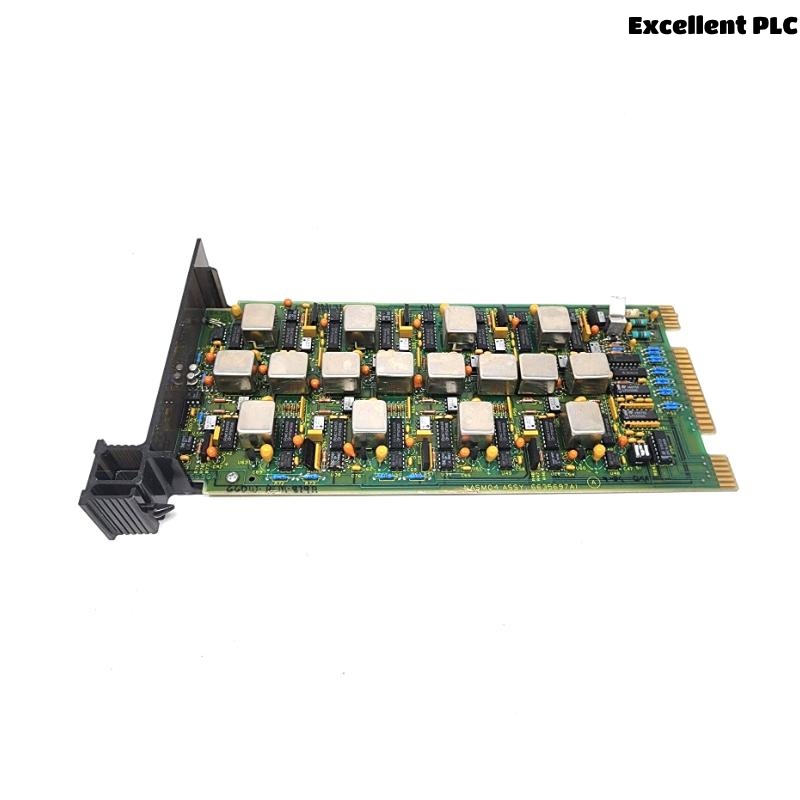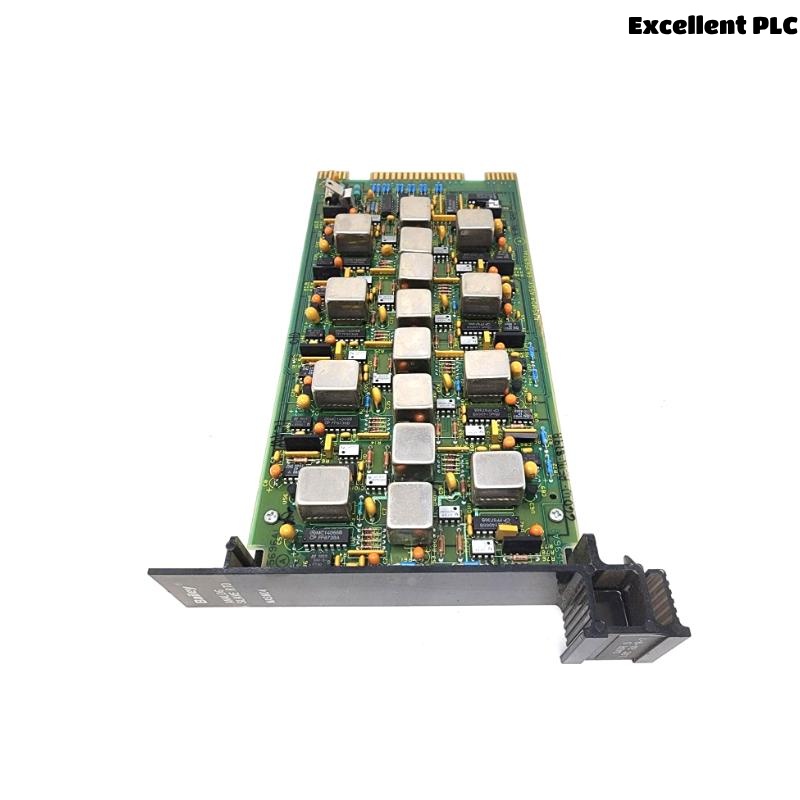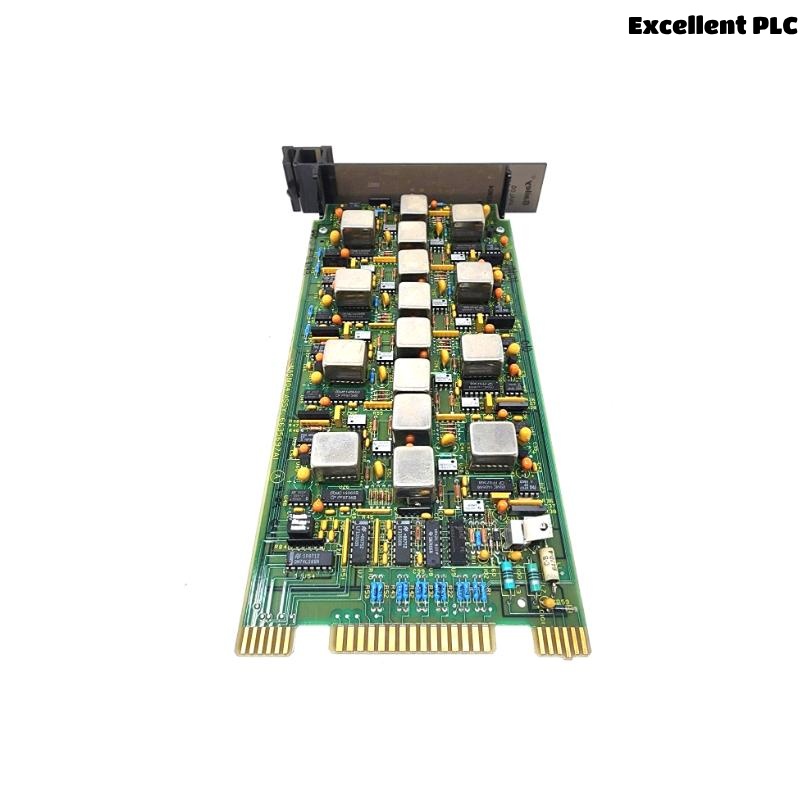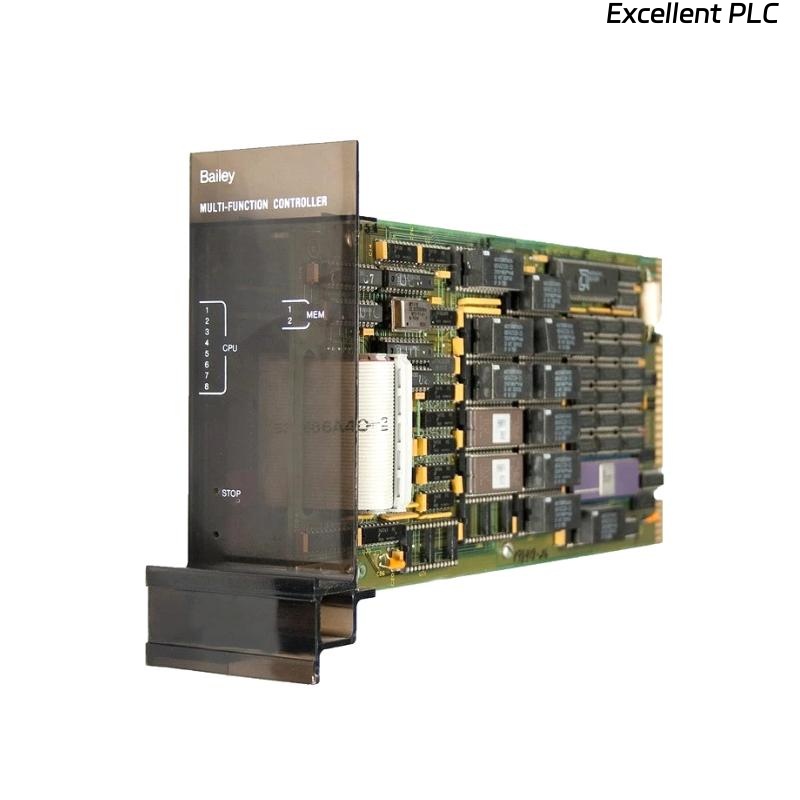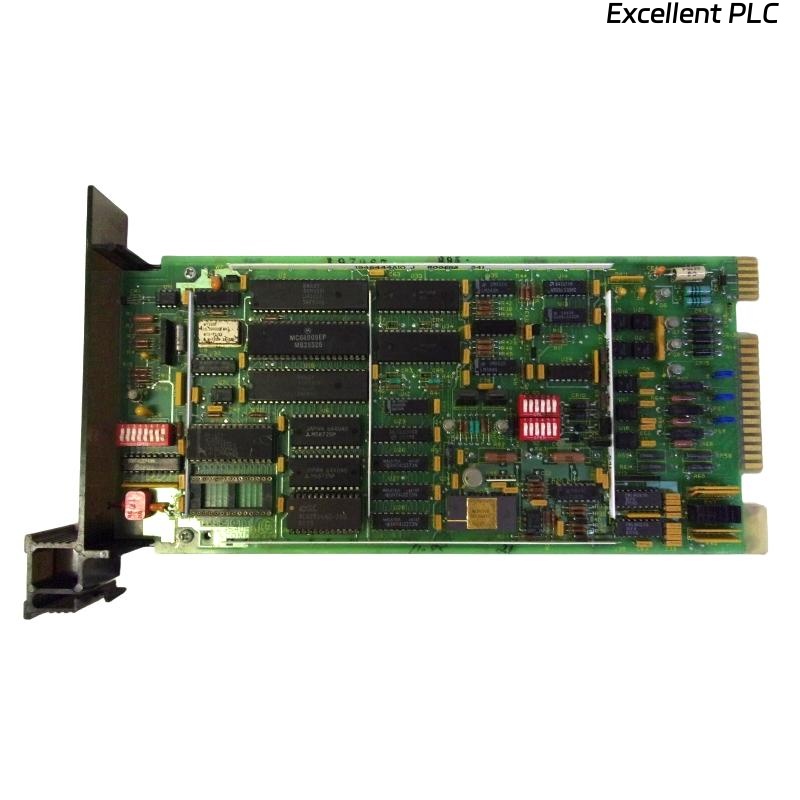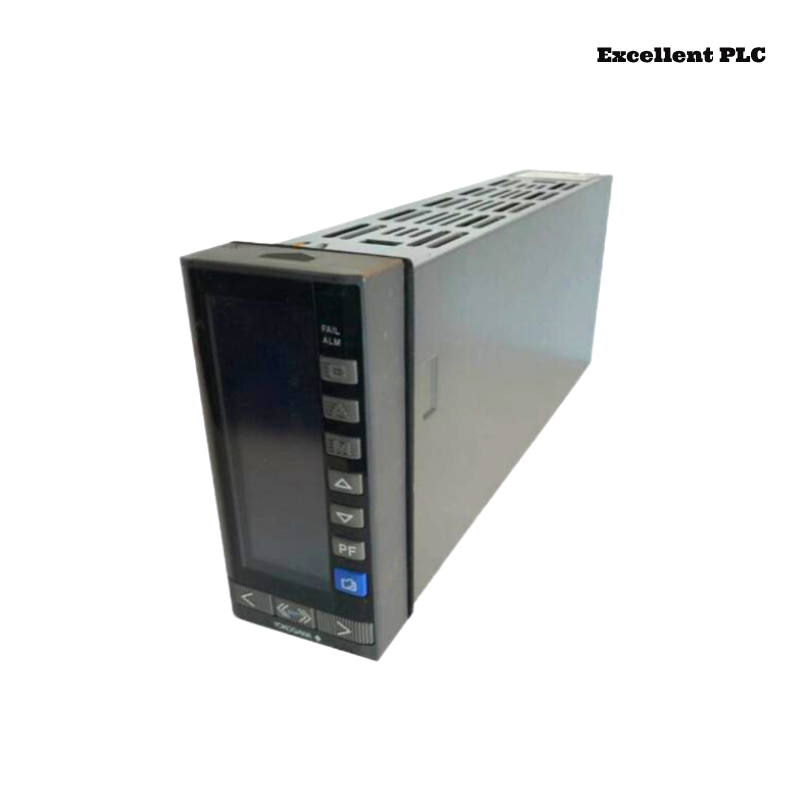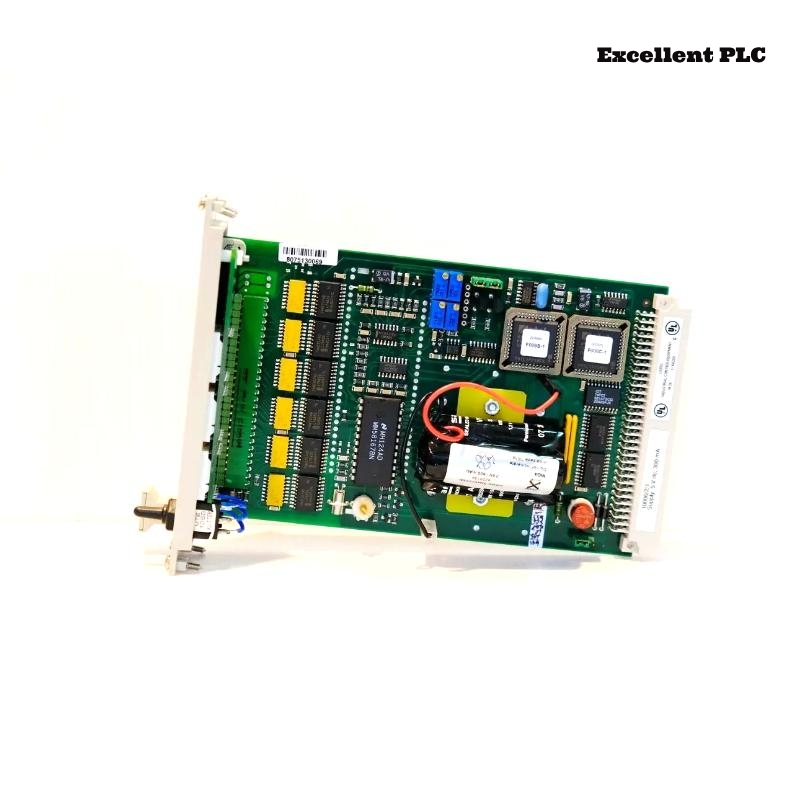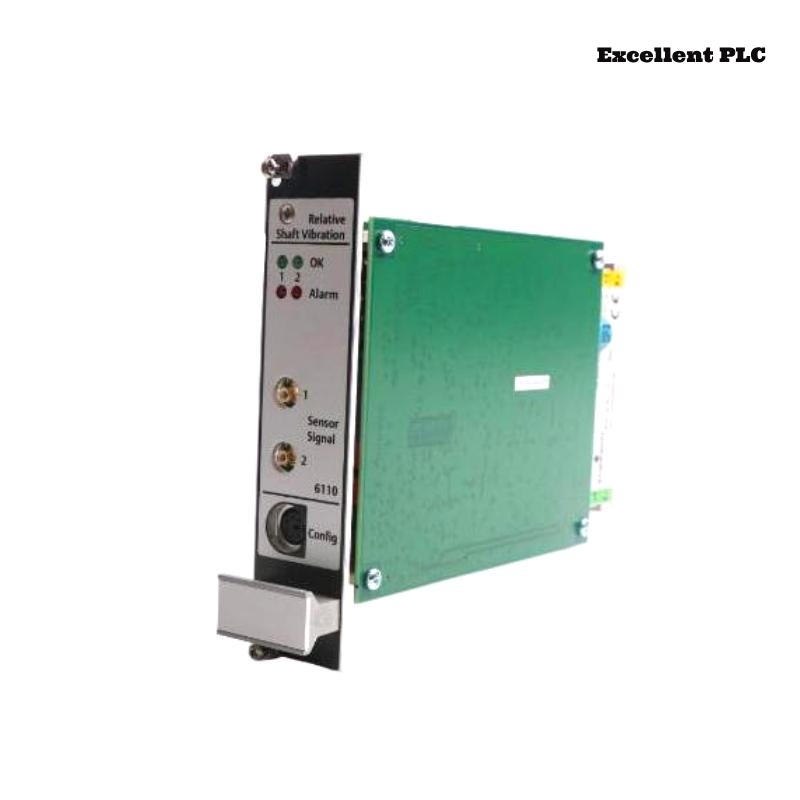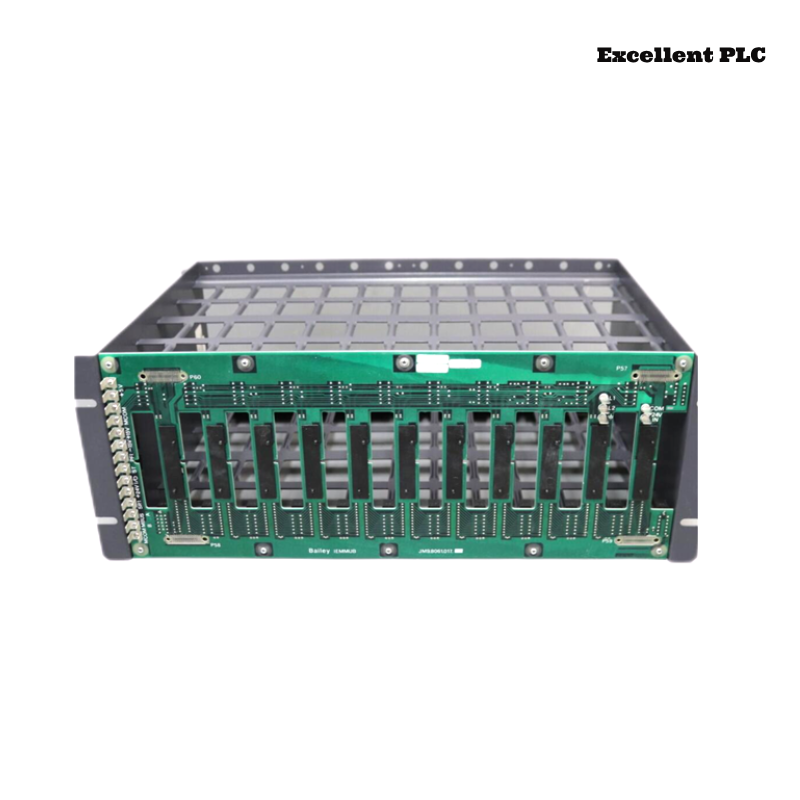| Company Information | ||||||||
| [email protected] | ||||||||
| Mobile | +8613666033393 | |||||||
| +8613666033393 | ||||||||
| 13666033393 | ||||||||
| Add | Room 1004, No. 62 Xiangxiu Li, Siming District, Xiamen City, Fujian Province, China | |||||||
Product Introduction
The ABB Bailey NASM04 6635697A1 is a high-performance RTD (Resistance Temperature Detector) Input Module designed for precise temperature measurement within ABB INFI 90 and Symphony DCS systems. As part of ABB’s proven automation hardware family, this module supports multiple RTD inputs, enabling the acquisition of accurate temperature readings from a wide range of industrial sensors.
This module is typically used in critical control environments, where reliable and real-time temperature data is essential for operational stability and process control. With rugged build quality, high accuracy, and seamless integration into ABB Bailey control architectures, the NASM04 ensures efficient thermal monitoring in both simple and complex installations.
Product Specifications
| Parameter | Details |
|---|---|
| Model Number | NASM04 |
| Part Number | 6635697A1 |
| Product Type | RTD Input Module |
| Input Type | RTD (Resistance Temperature Detector) |
| Supported Sensors | Typically 100Ω Platinum RTD (Pt100), other types may be supported |
| Number of Channels | 4 independent RTD input channels |
| Input Range | -200°C to +850°C (depending on sensor type) |
| Resolution | 16-bit or higher |
| Input Wiring | 2-wire, 3-wire, or 4-wire RTD connection |
| Accuracy | ±0.1% of full scale |
| Update Rate | ≤ 1 second per channel |
| Isolation | Channel-to-channel and channel-to-ground isolation |
| System Compatibility | ABB INFI 90, Symphony, Symphony Plus |
| Mounting Type | Slot-in rack module |
| Operating Temperature | 0°C to 60°C (32°F to 140°F) |
| Storage Temperature | -40°C to +85°C (-40°F to 185°F) |
| Humidity Tolerance | 5% to 95% non-condensing |
| Certifications | CE, UL, CSA |
| Dimensions (H x W x D) | 100 x 80 x 50 mm |
| Weight | 0.3 kg |
Product Applications
The NASM04 RTD module is ideal for industries requiring precise and stable temperature monitoring across multiple locations. Typical application areas include:
-
Power Generation Plants – Monitoring generator, transformer, and turbine temperatures.
-
Oil & Gas Facilities – Ensuring stable process conditions in pipelines and tanks.
-
Water and Wastewater Treatment – Tracking temperature in critical filtration and chemical dosing systems.
-
Pharmaceutical Manufacturing – Maintaining precise temperature control for batch production and storage.
-
Food & Beverage Processing – Supporting temperature-sensitive mixing, fermentation, and packaging lines.
-
Chemical Plants – Monitoring reactive processes where temperature deviations can impact product quality.
Product Advantages
-
Multi-Channel Design: Supports four RTD sensors in one compact module, maximizing channel density.
-
High Measurement Accuracy: ±0.1% accuracy ensures reliable thermal readings essential for industrial control.
-
Flexible Sensor Compatibility: Works with a variety of standard RTD types including Pt100.
-
Isolated Inputs: Reduces signal interference and improves safety by isolating each channel.
-
Built for Harsh Environments: Withstands extreme temperatures, humidity, and industrial electrical noise.
-
Seamless Integration: Designed for plug-and-play use within ABB INFI 90 and Symphony racks.
-
Long Operational Life: Built using industrial-grade components for 24/7 reliability.
-
Low Maintenance: Stable operation reduces recalibration and downtime.
-
Compact and Efficient: Fits neatly into control cabinets with minimal space requirements.
-
Backed by ABB Support: Comes with ABB’s global service, documentation, and parts availability.
Frequently Asked Questions (FAQ)
-
How does the NASM04 module differentiate between 2-wire, 3-wire, and 4-wire RTD configurations?
The module auto-recognizes wiring configurations through internal circuitry and compensates for lead wire resistance in 3- and 4-wire setups, offering higher accuracy over simple 2-wire connections. -
What impact does ambient electrical noise have on the NASM04 RTD signal readings?
The NASM04 is equipped with internal isolation and advanced filtering that mitigates the effects of industrial EMI/RFI, ensuring clean and stable temperature readings even in electrically noisy environments. -
Can the NASM04 handle mixed RTD sensor types on different channels simultaneously?
No, all channels typically require the same type of RTD sensor configured via the system software. Mixing sensor types without proper scaling may lead to incorrect readings. -
What internal diagnostics are available for fault detection in the NASM04?
The module includes onboard diagnostics that can detect open circuit RTDs, wiring faults, and abnormal temperature drift, all of which can be flagged to the control system. -
How are temperature values from NASM04 integrated into ABB’s control logic?
RTD inputs are converted to engineering units by the module and passed through the control bus into control blocks, PID loops, or alarm logics in the INFI 90 or Symphony DCS software. -
What is the consequence of exceeding the specified RTD input range on the module?
Values outside the supported range will typically trigger fault flags or return out-of-range error codes, which can be managed within the control logic for alarms or fallback actions. -
Is it possible to perform cold junction compensation within the NASM04 module?
No, cold junction compensation applies to thermocouples. Since NASM04 is an RTD module, compensation is achieved through accurate lead resistance management rather than CJC. -
What kind of redundancy strategy can be employed using NASM04 in critical systems?
Users can deploy dual redundant NASM04 modules in separate racks with signal splitters or use redundancy at the sensor level (dual RTDs), ensuring no single point of failure. -
Can this module be used in temperature safety interlocks or shutdown systems?
Yes, with proper validation and configuration, NASM04 can be used in safety interlock functions, though for SIL-rated applications, external certified logic solvers may be required. -
How does the NASM04 perform under rapid thermal fluctuations or transient temperature events?
With fast sampling rates and high-resolution input conversion, the module captures transient events effectively, but signal filtering can be tuned to avoid reacting to brief, insignificant spikes.
Recommended Related Models (Same Series or Function)
| Model | Description | Function | System Compatibility |
|---|---|---|---|
| NASM01 | Analog Input Module | Thermocouple/Voltage Input | ABB INFI 90 / Symphony |
| NIMM01 | Multipoint Input Module | Digital/Analog Multiplexer | ABB INFI 90 |
| IMASI23 | Analog Input Module 16-Channel | Voltage/Current Input | Symphony Plus |
| IRTD01 | Dedicated RTD Input Module | Precision RTD Input | ABB INFI 90 |
| INNIS01 | Network Interface Module | Communication Adapter | INFI 90 |
| NTCL01 | Temperature Control Loop Module | Loop Control | ABB DCS |
Popular ABB Models (Other Applications)
| Model | Description | Type | Primary Use Case |
|---|---|---|---|
| PM864AK01 | AC 800M Controller | CPU/Controller Module | ABB 800xA DCS |
| TU849 | Compact I/O Terminal Unit | Terminal Block | AC 800M System |
| CI854AK01 | PROFIBUS-DP Module | Fieldbus Communication | Field Device Integration |
| AI810 | Analog Input Module | 8 Channel Analog Input | Process Signal Acquisition |
| SDCS-CON-2 | Converter Control Module | Power Electronics Control | ABB Drives |
| INICT13A | Control Network Interface Module | System Interface | Symphony Plus Network Access |
 Excellent PLC
Excellent PLC



